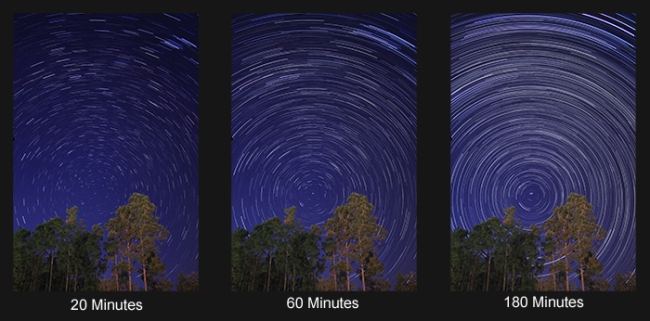Street photography is typically known as capturing people and places in a public space. To me it is all about the unplanned. Weegee once said, “People are so wonderful that a photographer has only to wait for that breathless moment to capture what he wants on film.” In my opinion, I think this perfectly describes street photography.
One of my favorite photographers would have to be Harvey Stein. He is a professional photographer based in New York who does amazing street photography. For 40 years he photographed Coney Island in black/white film. He once stated that, “Coney Island is about people, it’s the people that intrigues me and what I am always drawn to to photograph.” One day I hope to visit Coney Island and capture the amusement park similarly to how Harvey Stein once did.
When I first started photographing the streets it was a little nerve wrecking. I had a constant fear that people were going to catch me and get mad. That never happened though. The few times I did get caught, I just smiled and they went about their day.
When’s the best time to shoot?
Although I have only shot street photography on a couple occasions, I like to shoot generally in the evenings. This is because the quality of light is better at this time. I also find concentrating on a small section or a corner gives me better results rather than walking around a city.
Ways to blend in with the crowd when shooting street scenes:
- Wear dark clothes.
- If you keep your camera around your neck, keep the strap high. This way there is less movement when you are bringing your camera to your eye.
- When shooting, keep your elbows in.
- Have your camera settings preset.
Examples of Harvey Stein’s work
Related articles
- Street Photography Tips, Techniques and Inspirations (itscitrarizqinow.wordpress.com)
- Street Photography in New York (thegazette.com)
- Street Photography | According to Eddie Putera (eddieputerablog.wordpress.com)






